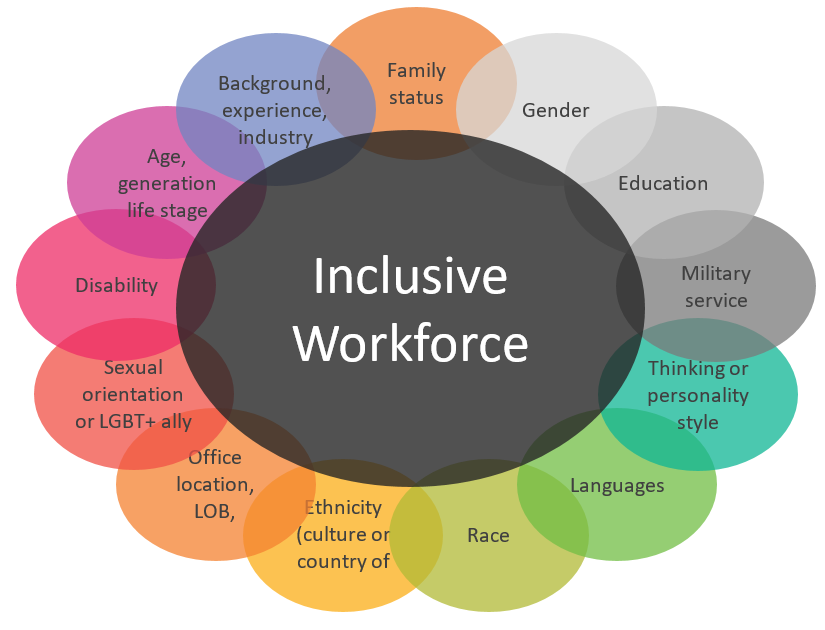What is holding us back from maximizing diversity and inclusion training?
Here comes the big question about diversity and inclusion training. What are the barriers. This question gets to the skeletons in the closet, this why it is later in the series of questions. Yet, you cannot achieve real change without addressing the real challenges to make it happen.
This would have happened already if it was easy. That is why it has not happened. Because it is a journey, not a destination. And the road to getting there is bumpy and often filled with potholes. Those potholes are the unnecessary impediments slowing down diversity and inclusion efforts.
For your organization, the barriers to diversity and inclusion could be:
- Lack of leadership buy-in and support
- Lack of resources
- Lack of awareness
Newsletter Sign-up
Ask your organization, what is holding us back from maximizing diverse groups of people? You may hear some of these answers, or you may hear others. Document the full list and map out root causes before putting a band-aid fix on the problem. Resist the temptation to solve before fully understanding the problem.
 Organizations that are truly focused on this have leadership buy-in from the top to the bottom of the organization (including the often missing layer of middle management), have a budget and people dedicated to making it happen (just like any priority in business would be prioritized and supported), and have education to meet people where they are at and help them engage as allies.
Organizations that are truly focused on this have leadership buy-in from the top to the bottom of the organization (including the often missing layer of middle management), have a budget and people dedicated to making it happen (just like any priority in business would be prioritized and supported), and have education to meet people where they are at and help them engage as allies.
Take each of the barriers’ root causes and map potential solutions and empower the team to own the solutions, perhaps they look like this:
- A senior leadership team strategic plan with middle management role identification
- A budget and dedicated headcount to support it
- Training programs to support all employees on this
This question is necessary because for diversity and inclusion training to work you have to overcome FOMO: the fear of missing out. People do not want to miss out on the benefits or be left behind. They do not want to feel as thought they are contributing to the problem. They want to be a part of the solution once they understand it is preventing the organization from being successful.
Still not sure where to start the diversity and inclusion conversation? I have more ideas for successful diversity training.
- Watch the full video series on the “5 Questions to Get the Diversity & Inclusion Conversation Started in Your Organization“
- Message me with your thoughts at Julie@NextPivotPoint.com. I personally respond to every email I receive.

